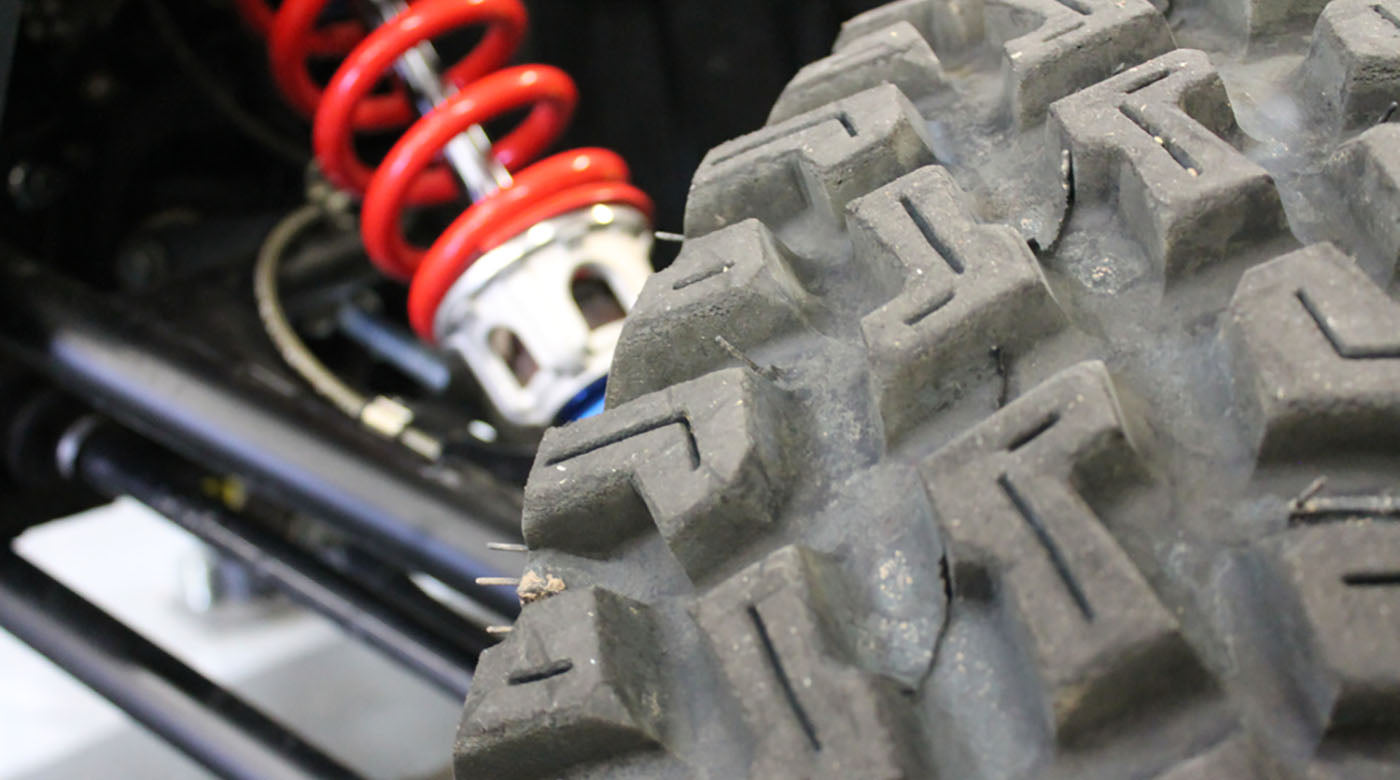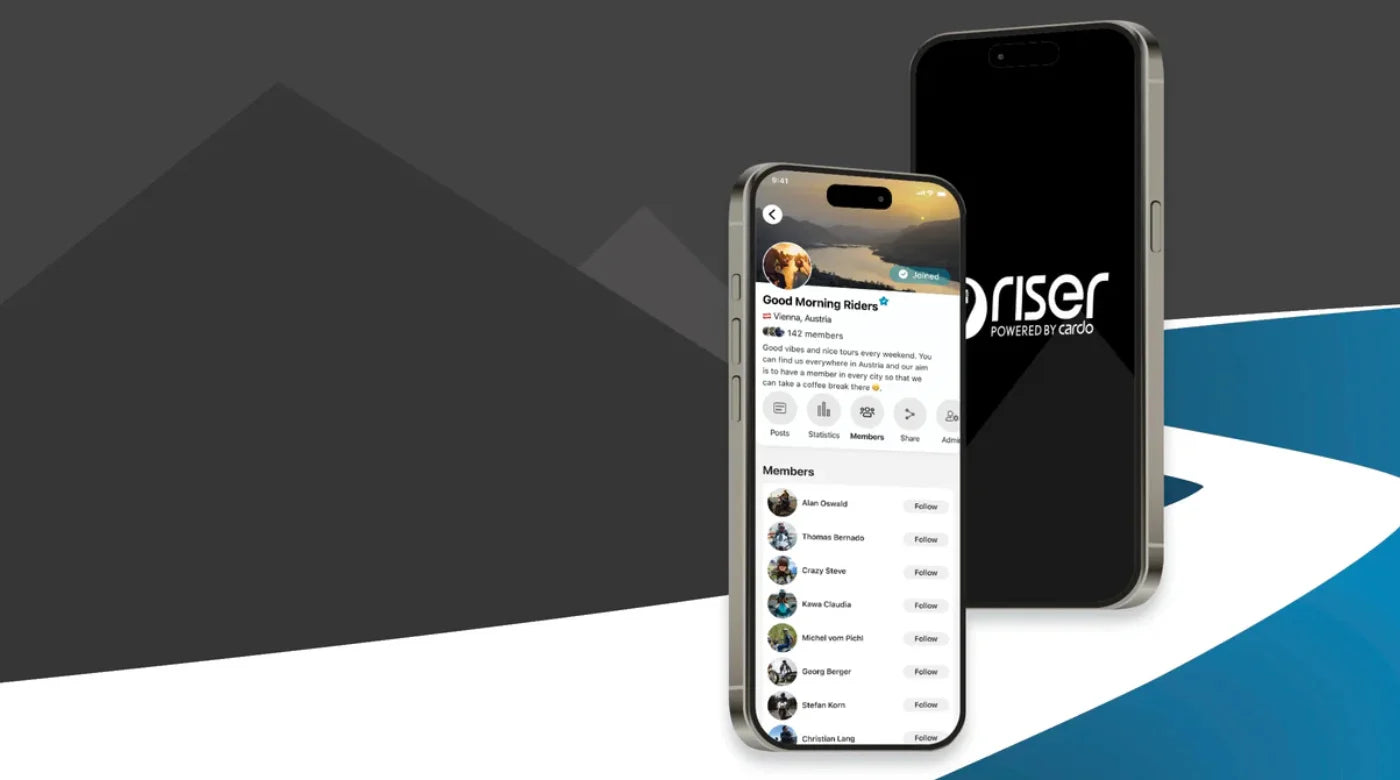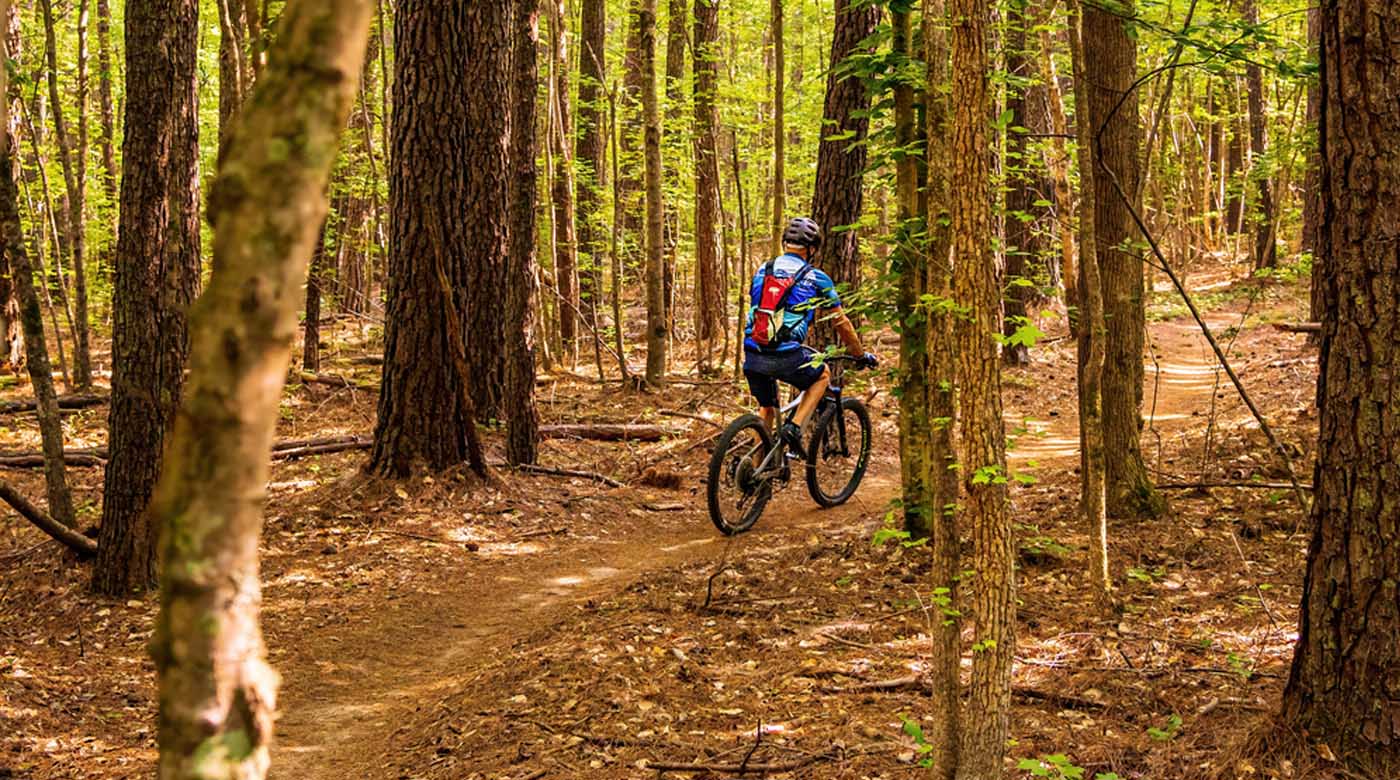Visit any ATV or off-road course, and you’ll see a range of tire sizes and riding heights, with some four-wheelers looming over the competition. These souped-up vehicles typically sport aggressive tread patterns that look like they could eat your factory ride for lunch. So how do these riders scale up their rides — and more importantly, why?
If you’re eager to upgrade to larger tires or think your friends are talking about their favorite sci-fi video game whenever they use the word “portal,” you’re probably wondering: What are portals on a side-by-side?
Let’s learn about portal lifts and how they affect off-road performance.
Understanding Portal Lifts (Portals) for Side-by-Sides
Portal gear lifts, or portals, are aftermarket kits that raise your UTV’s wheel hub to make room for larger tires. Many riders upgrade their tires to increase traction and ground clearance, which makes it easier to clear obstacles, rivers, swamps and mud pits without getting stuck. If you tried to add bigger tires to your factory ride, the rubber would rub against the wheel hub, making it harder to turn. The transmission also isn’t equipped to power anything but your factory-size tires, reducing acceleration and torque.
Portals raise everything from the wheel hub and above to retain the steering geometry so the tires can turn freely. They also use gear reduction to turn high-speed, low-torque power into low-speed, high-torque power to preserve acceleration and increase torque. Your top speed will be reduced, but you can accelerate quickly at low speeds with aggressive tires to power through mushy terrain and get uphill when rock crawling.
The portal lift raises the vehicle four, six or eight inches. The gearbox transfers power from the highest gear at the top to the biggest gear at the bottom. Instead of reaching peak speeds of 50 to 90 mph at the highest RPM, the transmission will give you enough power to accelerate normally with larger tires. Gear reduction ranges from 15 percent to 60 percent for eight-inch lifts. The higher the lift, the more the gear reduction. The more gear reduction, the lower your top speed.
Portals are popular with ATVs and UTVs, but the former is meant for solo riding, while the latter is designed to transport large groups of people. Learn all about the differences between a UTV vs. an ATV here.

Source: Anton Tolmachov/Shutterstock.com
Portal Lifts vs. Lift Kits
Portal lifts are the simplified version of a full lift kit. Both let you add larger tires, but portals only replace your wheel hub to retain the steering geometry, while lift kits add new axles, springs and double a-arms to reduce vibrations on uneven ground. Lift kits allow for more customization and let you lift your suspension anywhere from two to 10 inches. However, changing so many components and increasing your stance by almost a foot reduces handling. Large lift kits can also overheat components and require complex installations.
Choosing a Portal Lift
Deciding whether to add a portal lift to your side-by-side depends on where and how you ride. Larger tires may look cool and enhance your street cred, but you should only make the change if you want to explore remote areas and power over obstacles without going faster than a fraction of your normal speed. Portals on a side-by-side are perfect for slowly transporting large groups through muddy, rocky, swampy areas that would otherwise swallow your factory tires.
If you decide to upgrade, choose your tire size based on the terrain and find a portal lift designed for your make and model that can accommodate those specs. Even with the biggest tires, traveling uphill or through rocky terrain can be treacherous. Encourage your fellow riders to wear helmets with off-road headsets to keep the conversation going. You can narrate the experience hands-free while you focus on navigating the trail.

Source: Anton Tolmachov/Shutterstock.com
Portal Lift Pros:
- Better acceleration
- More ground clearance
- Improved traction
Portal Lift Cons:
- Lower speeds
- Increased stance
- Less fuel efficiency
Portal lifts will help you go even farther on your side-by-side, although somewhat slower than you’re used to. What you lose in speed, you gain in torque, giving you the freedom to push through the trickiest areas. Use the Cardo Packtalk Edge ORV to engage your companions throughout the trip. It uses Dynamic Mesh Technology to automatically connect to the other units when in range so everyone can talk freely without missing a beat.
Communicate Wirelessly with Off-Road Headsets




